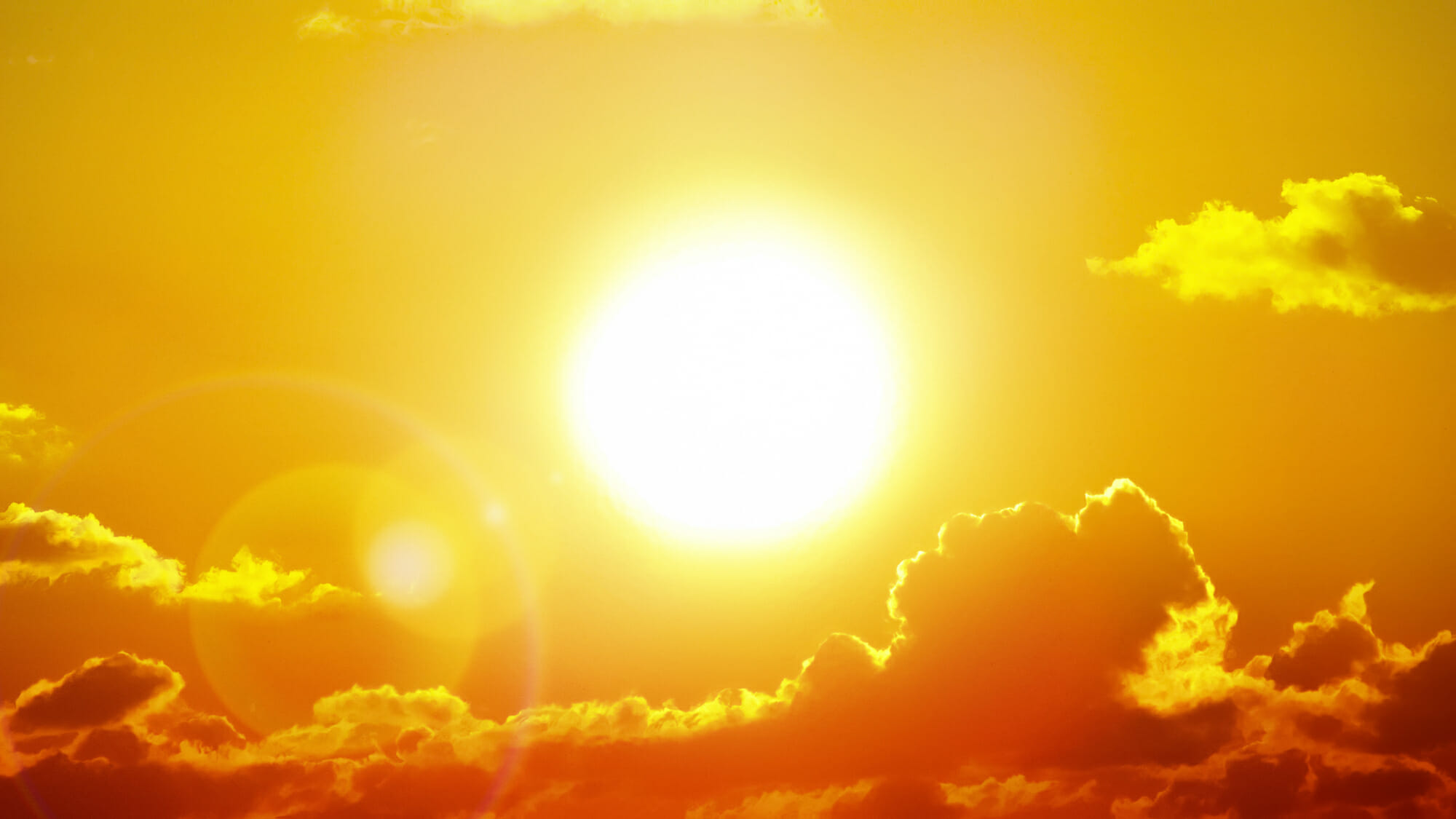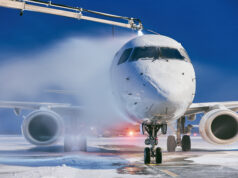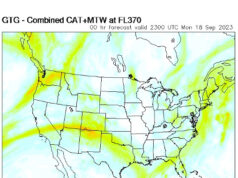“Heat wave” is a term most of us have heard since we were children. As the dog days of summer approached, we would await the inevitable string of days with very hot temperatures and be prepared with ways to beat the heat. Today, we seem to hear the term used more than ever, as numerous cities hit record temperatures this past summer and found themselves under sweltering heat for long periods of time.

From a meteorological standpoint, “heat wave” is quite loosely defined. Some definitions utilize a specific temperature that must be exceeded for a certain period, while others take the given location into account. A Phoenix, Ariz. local will have a much different idea of heat wave conditions than a Portland, Me. resident. Regardless of the definition used, the weather pattern responsible for the wave involves a high-pressure system that sits aloft for an extended period of time. Air travels from areas of high pressure to those of lower pressure, and this airborne high-pressure system causes air to sink towards the ground. This movement of air towards the ground restricts any upward movement, which further prevents cloud formation and convective activity. Without clouds, which normally block a fraction of the incoming radiation, the temperature on the ground can reach higher levels. This is the meteorological recipe that separates a heat wave from a normal streak of hot temperatures. Weather patterns often move slower during the summer, which helps explain why these elevated high-pressure areas can sit over one section of the country for days on end and produce extended periods of uncomfortable conditions.
The extreme temperatures associated with heat waves can have significant negative effects on our bodies and result in a number of different health issues. A common high-temperature-induced medical issue is hyperthermia, more commonly known as heat stroke. Those suffering from hyperthermia can experience rapid breathing, a greatly increased heart rate, and an altered mental state as the body’s core temperature reaches dangerous levels. If heat stroke is ever suspected, medical attention should be sought immediately.
Another common malady is heat rash, which results when sweat ducts become blocked and cause inflammation. Prevention is very important during the summer months, especially in our profession where we often find ourselves performing walk-around inspections on tarmacs in triple digit heat and sitting in direct sunlight for lengthy periods. You can stave off the effects of hot temperatures by ensuring that you are staying hydrated and listening to your body. Your body’s needs are actually a few steps ahead of your thirst, meaning that if you wait to drink water until you feel thirsty, you may, in fact, already be dehydrated to some degree. You should also aim to drink more water in the summer to account for increased sweating.
Though we are now heading into colder months, I find it important to analyze some of the extreme heat that we had recently, because we will surely experience these conditions again next summer. Heat waves have a tremendous ability to affect flight operations- airplanes are negatively affected by the heat just as we are! As pilots, we know the effects that high temperatures have on aircraft. Likewise, as operators must prepare for performance-related issues, as individuals, we must prepare to ensure we work safely in the heat. With proper preparation, we can reduce the health risks that come with heat waves.























































